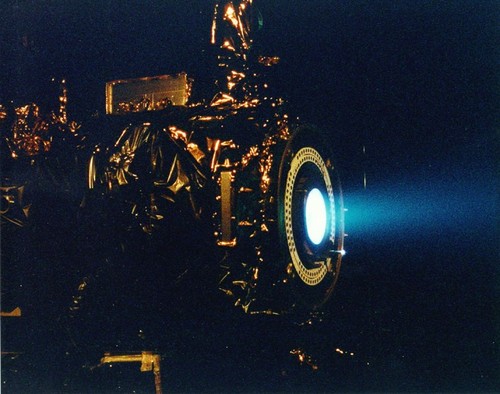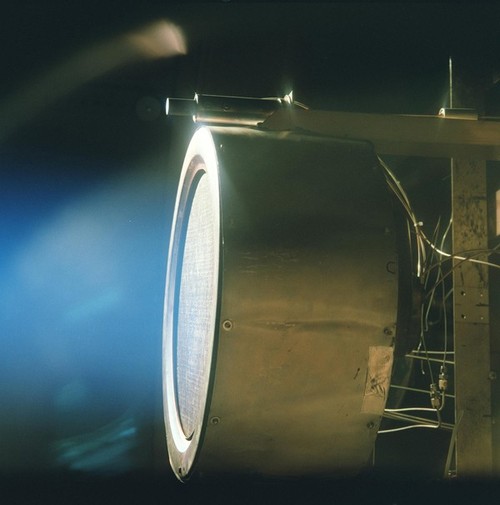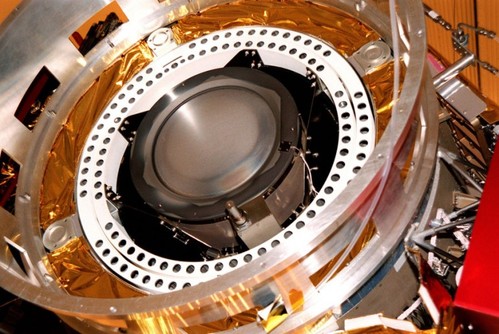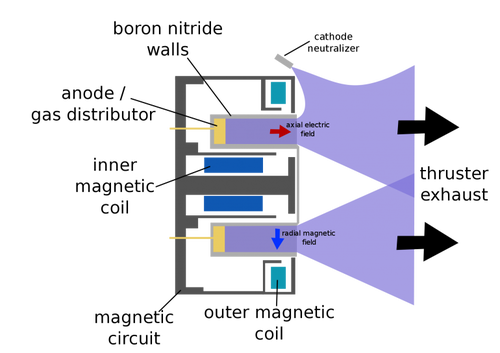A New Design Of Ion Engines Leads To More Efficient Drives For Space Missions

Ion engines of different types have been used on space missions since 1964, when NASA flew the suborbital Space Electric Rocket Test I mission. Many space missions get a benefit from using fuel efficient ion engines during their missions, e.g. several communication satellites have been raised into their final geosynchronous orbit using ion thrusters. One more example is the European Space Agency’s SMART-1 lunar mission that was placed in geosynchronous orbit in a usual way, and then, using an ion engine, was transferred into lunar orbit. NASA’s Deep Space One and Dawn, and the Japan Aerospace Exploration Agency’s Hayabusa have partially or entirely got their post-Earth-orbit propulsion from ion engines, which operated for several years. Ion engines have unbelievable fuel efficiency, but the problem is that their low thrust requires very long operating times and erosion limits greatly its operational lifetime. A team of researchers at NASA’s Jet Propulsion Laboratory (JPL) have recently improved the Ion engines’ design, which considerably eliminates erosion now, thus resulting in higher thrust and more efficient drives for manned and unmanned missions in the Solar System. You can learn more about the innovation at gizmag.com
Read more:
Spaceplanes & Rockets
| Tweet |














